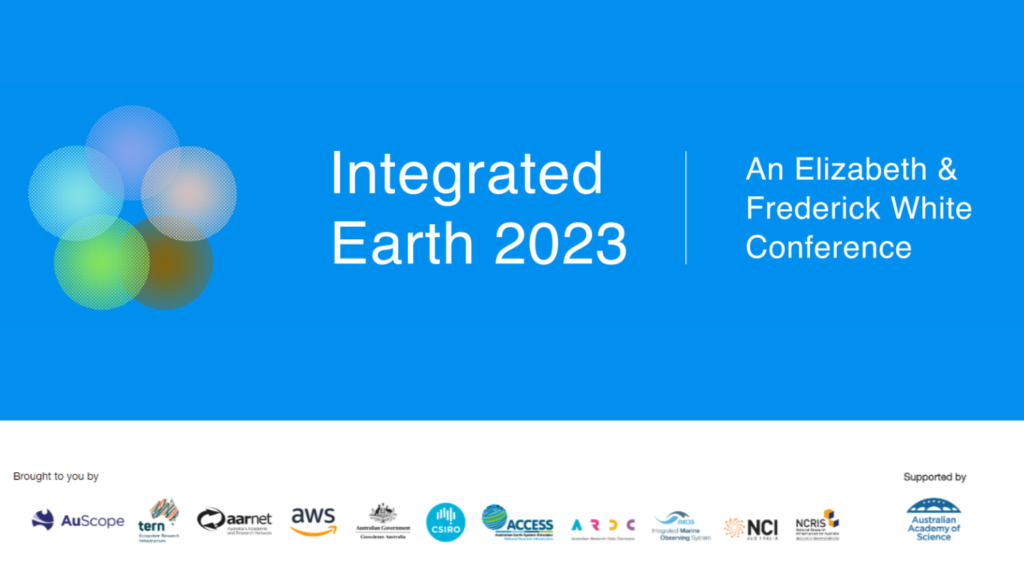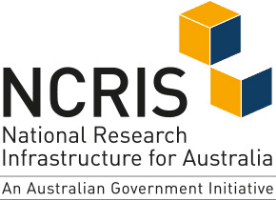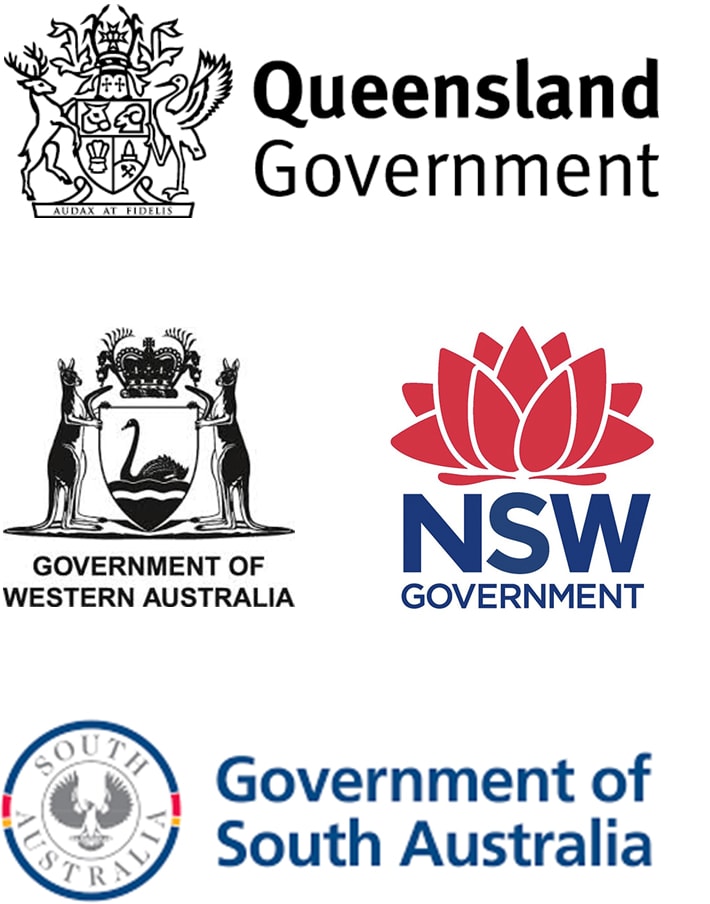
Integrated Earth 2023 was a two-day symposium held at The Shine Dome on Ngunnawal Country (Canberra) that aims to integrate Earth systems expertise and data better to address complex Earth systems challenges that Australia faces. This event was run in a face-to-face hybrid format from 12 – 13 September 2023 and free for all to attend. It was produced by members of the National Earth and Environmental Sciences Facilities Forum (NEESFF), including TERN, AuScope, NCI, ARDC, IMOS and ACCESS-NRI. It is generously supported by the late Elizabeth and Frederick White and the Australian Academy of Science.
Integrated Earth 2023 brought together participants working across the five Earth systems (geosphere, biosphere, cryosphere, hydrosphere, and atmosphere) to identify opportunities for data integration and scientific collaboration. Organisers seek to create a cross-disciplinary community of practice for Australian Earth and environmental science data, ensuring that, whilst data might be collected in isolation and for a specific research problem, it can be integrated with other data for a wide range of possible applications.
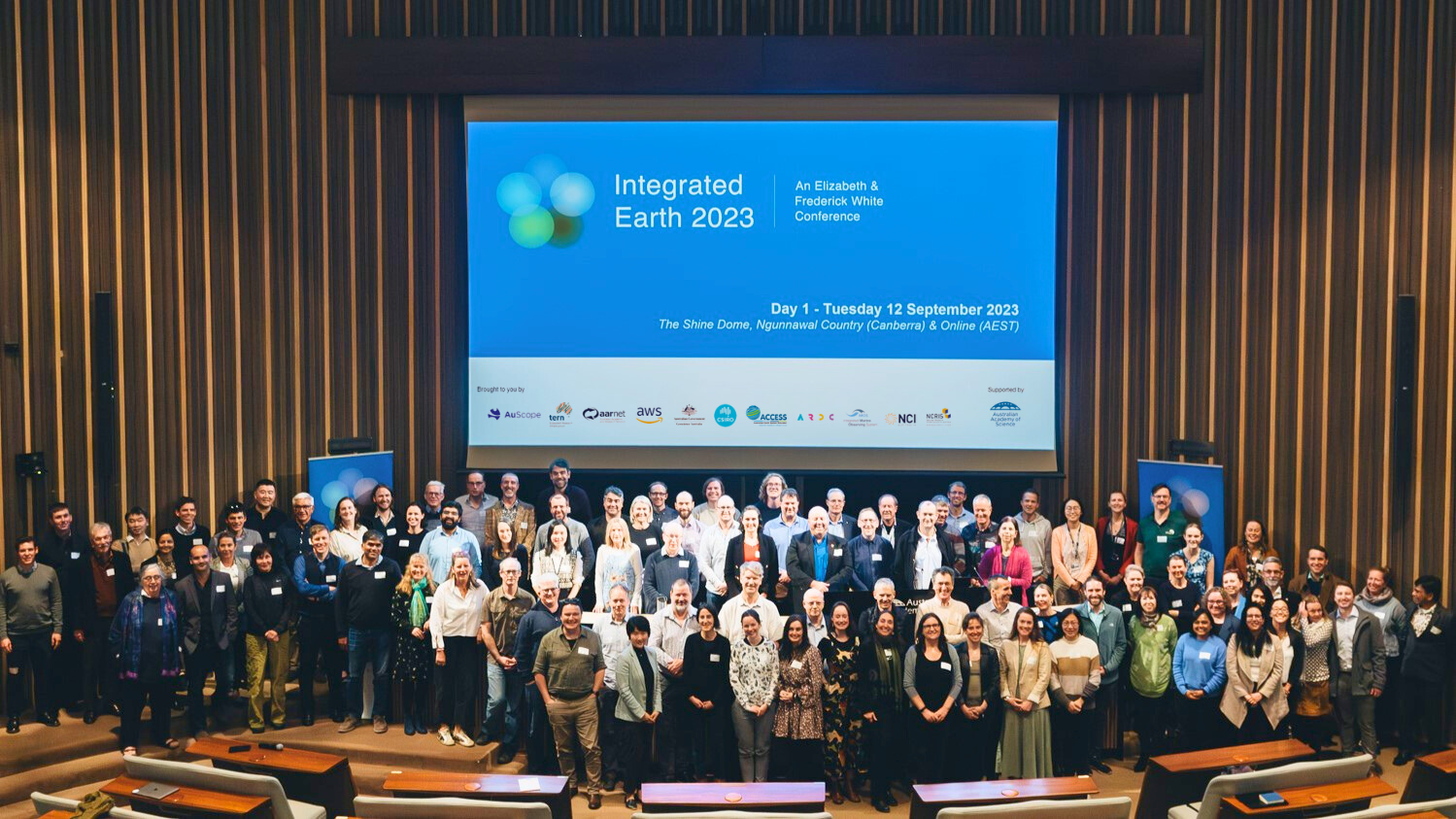
With more capable high performance computing and data infrastructure now available, the emergence of large-scale digital twins and the availability of new computational techniques and research becoming a reality internationally, it is critical that we ensure that relevant existing and new Australian datasets can be integrated and structured in such a way so that the next generation of researchers truly can undertake planetary-scale analysis and contribute meaningfully to the UN Sustainable Development Goals.
This conference aimed to better connect the physical/natural sciences and the mathematical/computational/data sciences. It brought together participants working across the five Earth systems to identify opportunities for data integration, integrated modelling approaches, scientific collaboration and to create a cross-disciplinary community of practice for Australian Earth and environmental science data.
The Australian Earth-System Simulator (ACCESS-NRI) – Atmosphere, Hydrosphere, Cryosphere & Biosphere – is a national research Infrastructure created to support development and research with the Australian Community Climate and Earth System Simulator (ACCESS) modelling system.
The Australian Research Data Commons (ARDC) – Data – is Australia’s peak body for research data. We’re leading the Planet Research Data Commons, a national scale data infrastructure for earth and environmental research and decision making.
AuScope – Geosphere – is Australia’s provider of research infrastructure to the national geoscience community working on fundamental geoscience questions and grand challenges — climate change, natural resources security and natural hazards — for the common good, into the future.
Australia’s Integrated Marine Observing System (IMOS) – Hydrosphere & Cryosphere – has been operating a wide range of observing equipment throughout Australia’s coastal and open oceans since 2006. IMOS makes all of its data openly and freely accessible to the marine and climate science community, other stakeholders and users, and international collaborators.
The National Computational Infrastructure (NCI) – Data, compute & all spheres – is Australia’s leading high-performance data, storage and computing organisation, providing expert services to benefit all domains of science, government and industry.
Terrestrial Ecosystem Research Network (TERN) – Biosphere – measures key terrestrial ecosystem attributes over time from continental scale to field sites at hundreds of representative locations and openly provides model-ready data that enable researchers to detect and interpret changes in ecosystems.
Conference Program
Conference Recordings
Integrated Earth Playlist
News
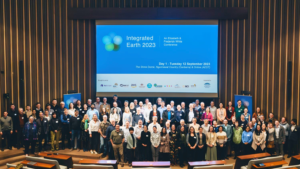
Integrated Earth 2023 conference highlights the ambition of Australia’s Earth science community
Members of the earth science community from all over Australia came to Canberra in September to take part in a unique gathering – the Integrated Earth 2023 conference. Supported by the Australian Academy of Science as an Elizabeth and Frederick White Conference, Integrated Earth brought together researchers from the five broad spheres of Earth science: the geosphere, cryosphere, hydrosphere, biosphere and atmosphere.

“Integrated Earth 2023”: save the date
The five Earth systems – geosphere, biosphere, cryosphere, hydrosphere and atmosphere – complexly interact to create a planet on which life evolves and has thrived.
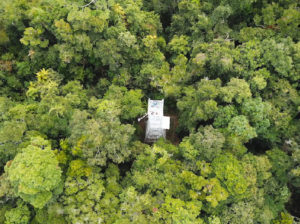
A new era in biodiversity science: linking integrated space-based and in-situ observations
We’re on the verge of an exciting new era in biodiversity science that will allow the characterisation and monitoring of global biodiversity like never before.
Stay connected
Join the Integrated Earth Community of Practice
We'll occasionally send you information about collaborative activities, including discussion papers, webinars, and events.
If you have any other queries related to the conference, feel free to contact us at tern@uq.edu.au
